
CBD, a work by Bai Yuping, is part of the ongoing exhibition Picturesque Landat the National Centre for the Performing Arts. (Photo provided to China Daily)
Over decades, ink painting has evolved to integrate traditional East with modern West.
City walks are trending among urban travelers these days due to being a low-cost, relaxing transportation mode that saves people from the anxieties of hurrying from one tourist destination to another.
Several decades ago, Gu Yizhou and five artists from the Beijing Fine Art Academy who specialized in traditional Chinese ink painting conducted staged city walks from east to west across Beijing.
The tour, lasting a couple of months, was initiated from an undertaking of importance — a painting that offered a renewed panoramic view of the capital city in celebration of the 10th anniversary of the People's Republic of China in October 1959.
The Spring of National Capital, done in the traditional long scroll format, unfolds to 46 meters long. It replicates the blooming spring, documenting the prosperous construction scenes of New China, including landmark architecture along Chang'an Avenue and major industrial projects at the time.
The painting has been exhibited several times to evoke nostalgic feelings among viewers, particularly the elderly who recognize the capital's changes over time.
The Spring of National Capital has joined dozens of other paintings from the collection of the Beijing Fine Art Academy at Picturesque Land, an exhibition running until Oct 13 at the National Centre for the Performing Arts, one of the landmarks of Chang'an Avenue.
This time they are on show to mark the country's 75th anniversary.
The Beijing Fine Art Academy was founded in 1957 with a commitment to the research and reform of Chinese art, especially traditional ink painting. Since its founding, it has gathered leading figures, such as Qi Baishi (1864-1957), the founding honorary director.

Masterpieces on show include Hibiscusby Yu Zhizhen [Photo provided to China Daily]
The exhibition combines the works of the academy's resident artists and those well-connected with it to hold exhibitions, including Huang Yongyu (1924-2023), the prolific ink painter and printmaker. There are also oil works representing the long-term endeavor of homegrown artists attempting to renovate ink art to integrate the cultural spirit of the East with Western painting styles.
Xue Liang, the exhibition's curator, who is also in charge of the Art Museum of the Beijing Fine Art Academy, says the show navigates the evolution of Chinese art since the 1950s.
"It traces the early stage of New China, when a group of veteran artists utilized Chinese painting techniques to depict thriving socialist construction and to reflect the spirit of the country and its people, opening a new chapter of Chinese art.
"Young artists visited factories, construction sites and villages to collect the scenes and stories of people contributing to the social and economic developments while exploring innovative brushwork."
The Spring of National Capital sets an example of these efforts. Fu Baoshi (1904-65), one of the great reformists of ink art, spoke highly of the work: "The details being illustrated, so abundant, and the breadth of its composition makes it difficult to find a similar piece in the history of Chinese art," hailing it as an encyclopedia of Beijing's social lives in the 1950s.
Wu Hongliang, current director of the Beijing Fine Art Academy, says at the time, ink artists confronted challenges to reform Chinese painting, requiring "transitions of art primarily serving the cultured and elite groups, mostly on exclusive occasions, to depicting and attesting to the needs of all members of society for public shows".
He says these paintings show that "artists didn't deviate from the spiritual core of Chinese painting, but tried to keep the tradition alive by addressing new narratives and emerging social themes, as well as reflecting their ideals of society".
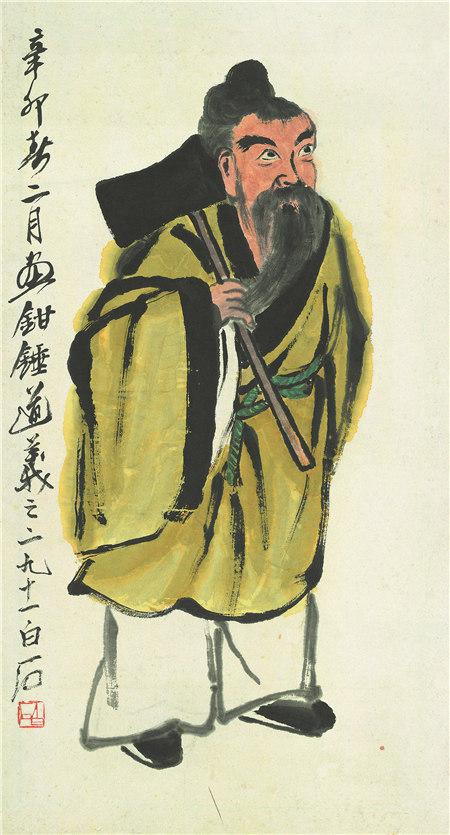
Masterpieces on show include Integrityby Qi Baishi (Photo provided to China Daily)
Li Keran (1907-89), whose landscapes are on display, spearheaded this movement and traveled extensively in the 1950s to look for new ways of Chinese painting.
"Many times he walked out of the studio loaded with tools and went deep into nature and the lives of people, to see the realities and listen to what people said about the changes in their lives," says Liu Ying, who chairs the board of the Li Keran Art Foundation. "And in such an immersive environment, he created strokes, shades and compositions different from the past."
The spirit to step out of the comfort zone was shared by Yang Gang (1946-2019), whose paintings on display — depictions of ice skaters — reveal that he explored a modern minimalist tendency.
He infused the formalist and abstract styles of modern Western art with the xieyi (presenting the spirit) approach of Chinese painting and calligraphy, demonstrating a modern touch and spirituality.
Wang Ning, president of the National Centre for the Performing Arts, says the exhibition allows the audience to feel the transformations of social and cultural scenarios throughout the decades, which have been documented by artists in their efforts to modernize Chinese art.
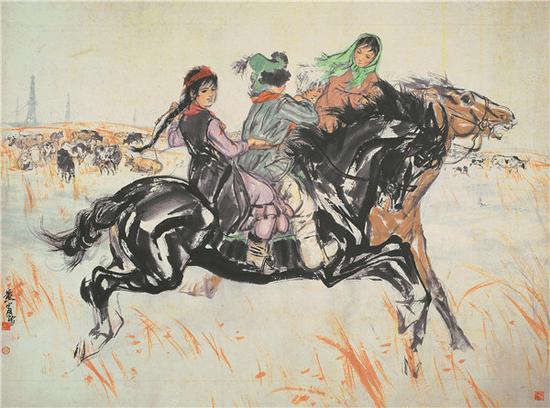
Masterpieces on show include Attending Schoolby Huang Zhou. (Photo provided to China Daily)
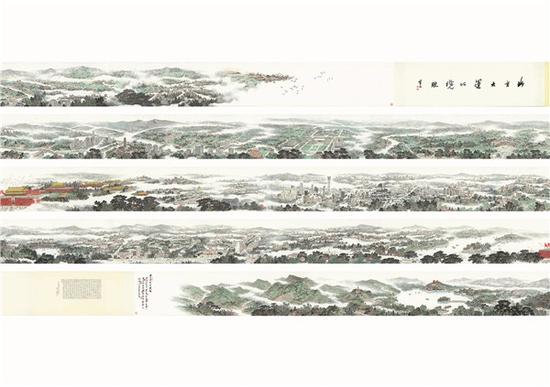
The signature long-scroll painting The Grand Canal, Beijing, is created by a group of artists. (Photo provided to China Daily)








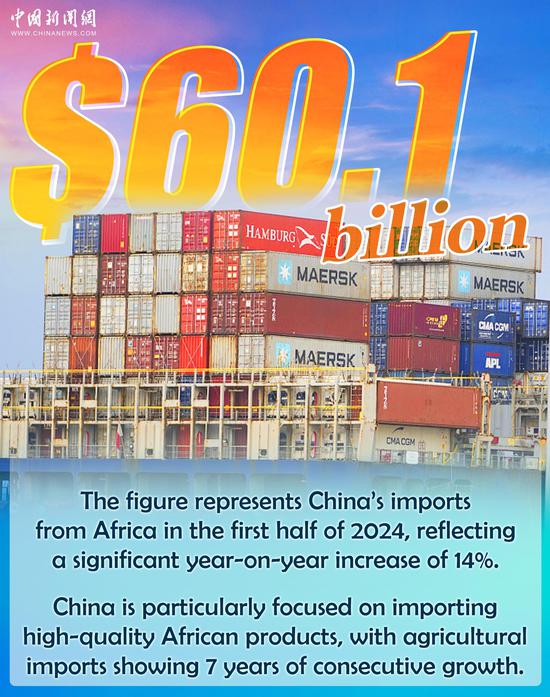

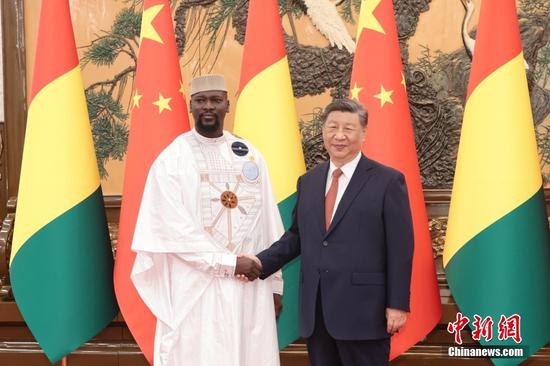

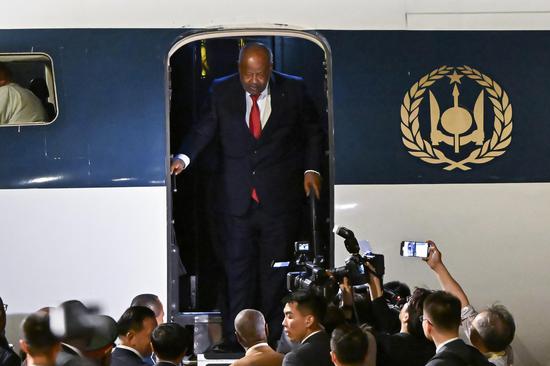
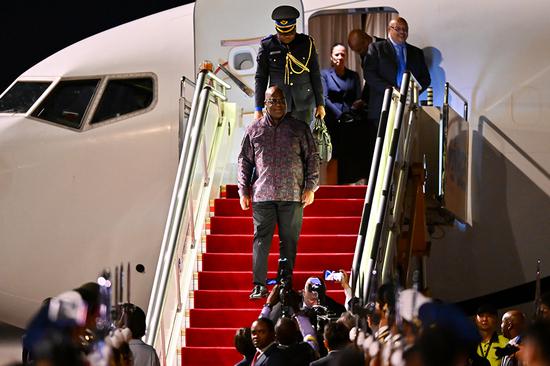
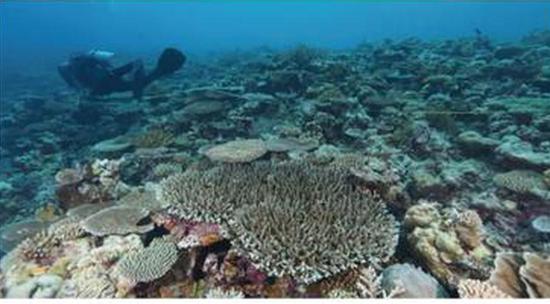
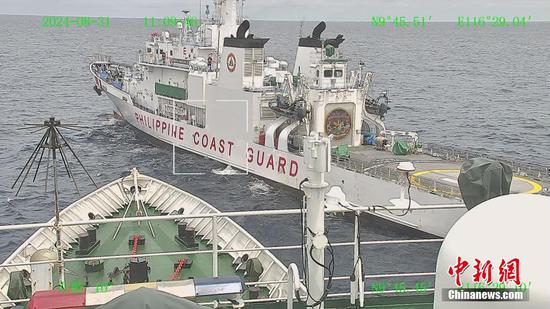
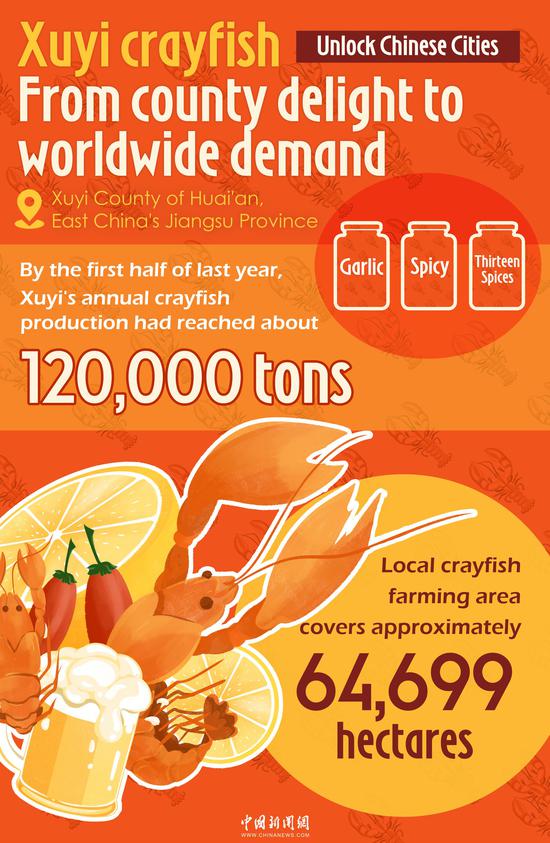

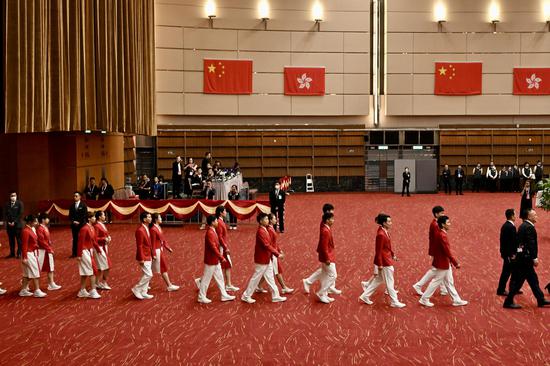
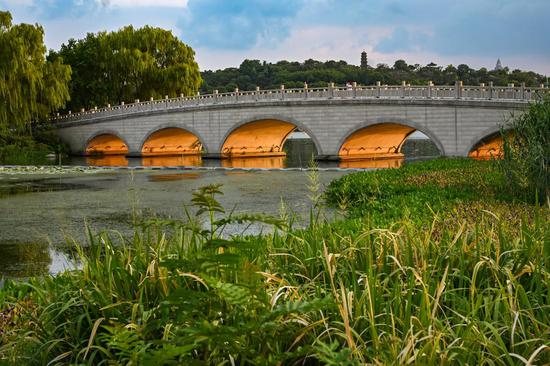

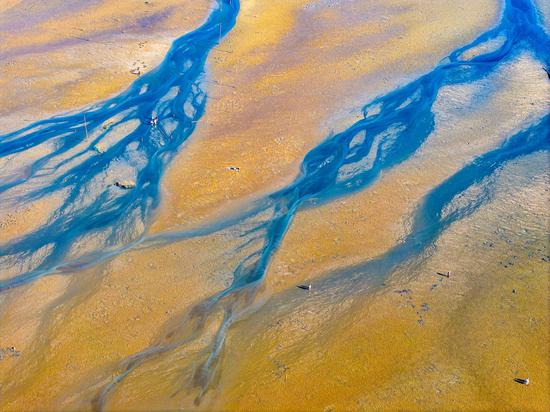
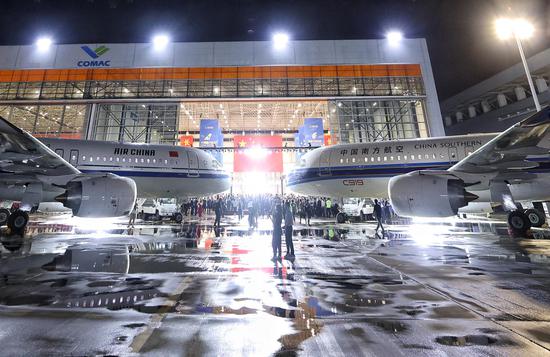
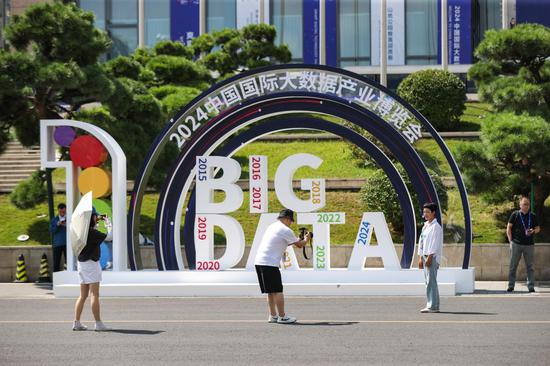
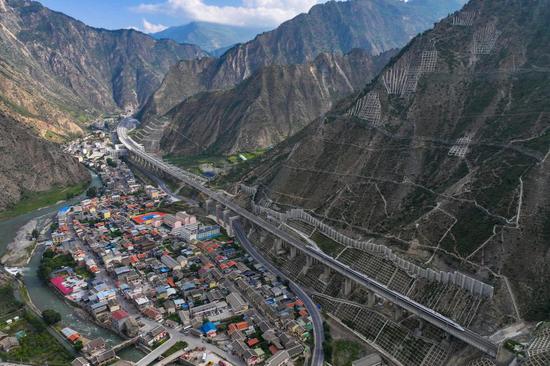

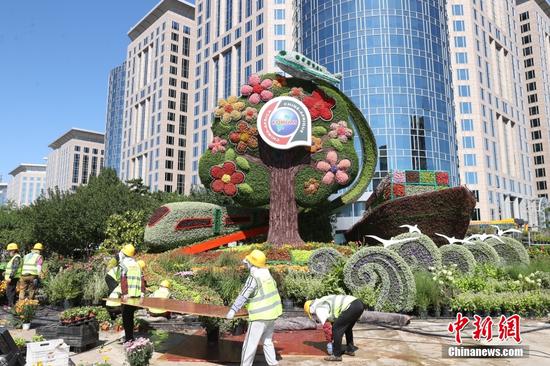
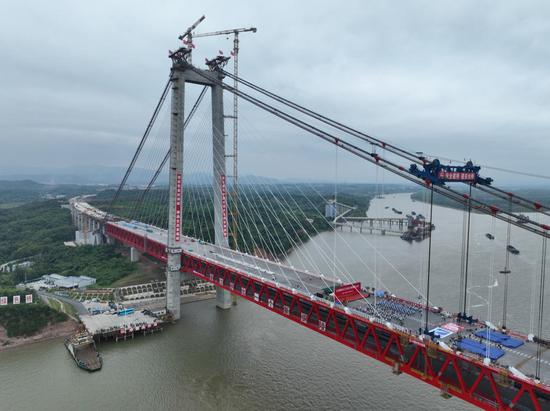















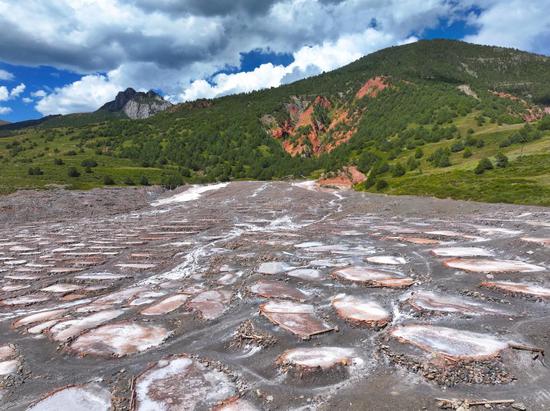
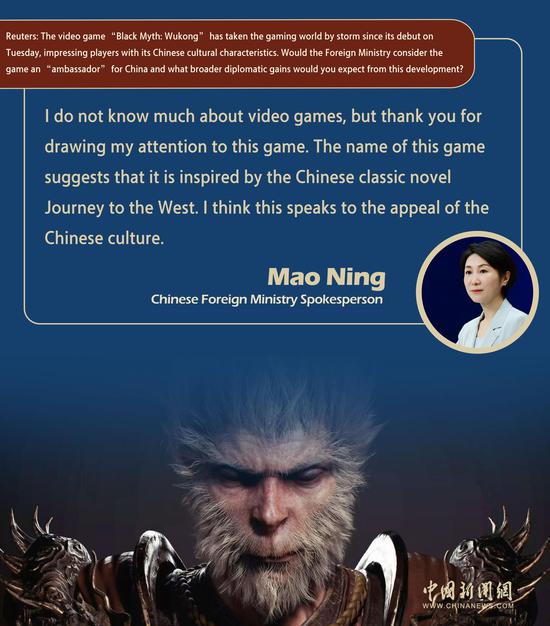

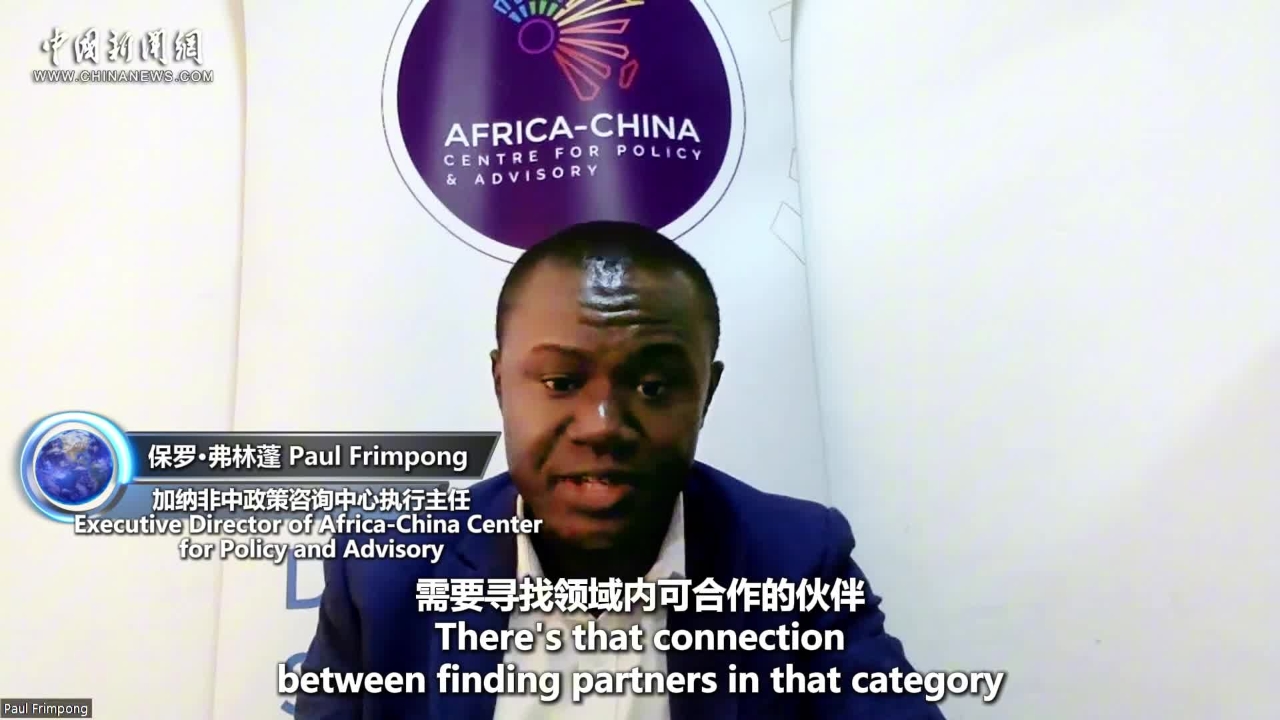

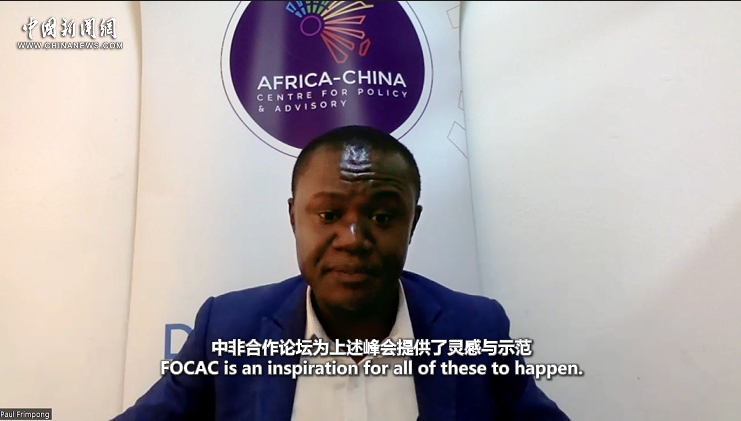

 京公网安备 11010202009201号
京公网安备 11010202009201号